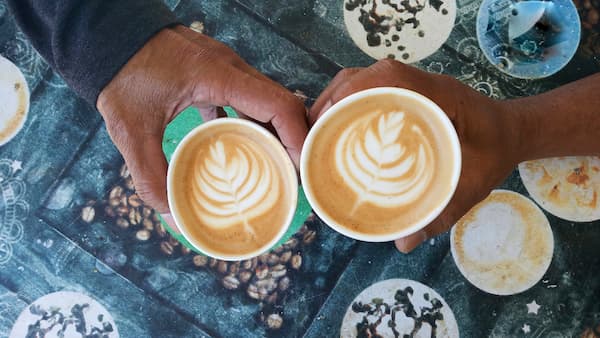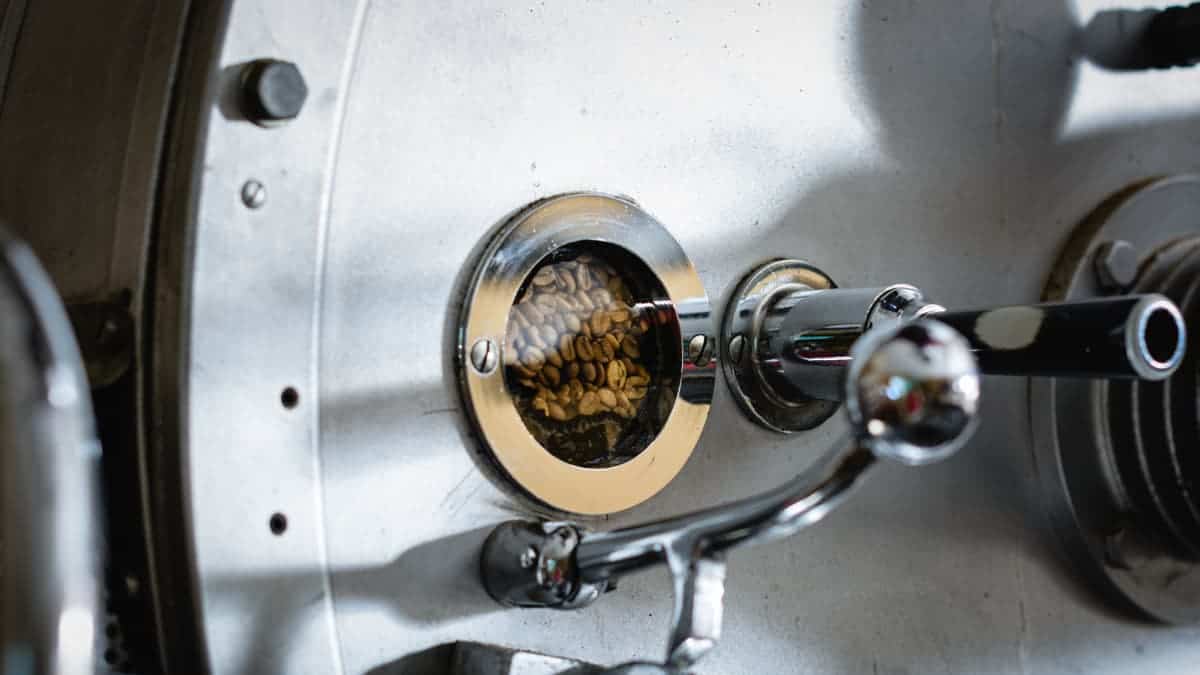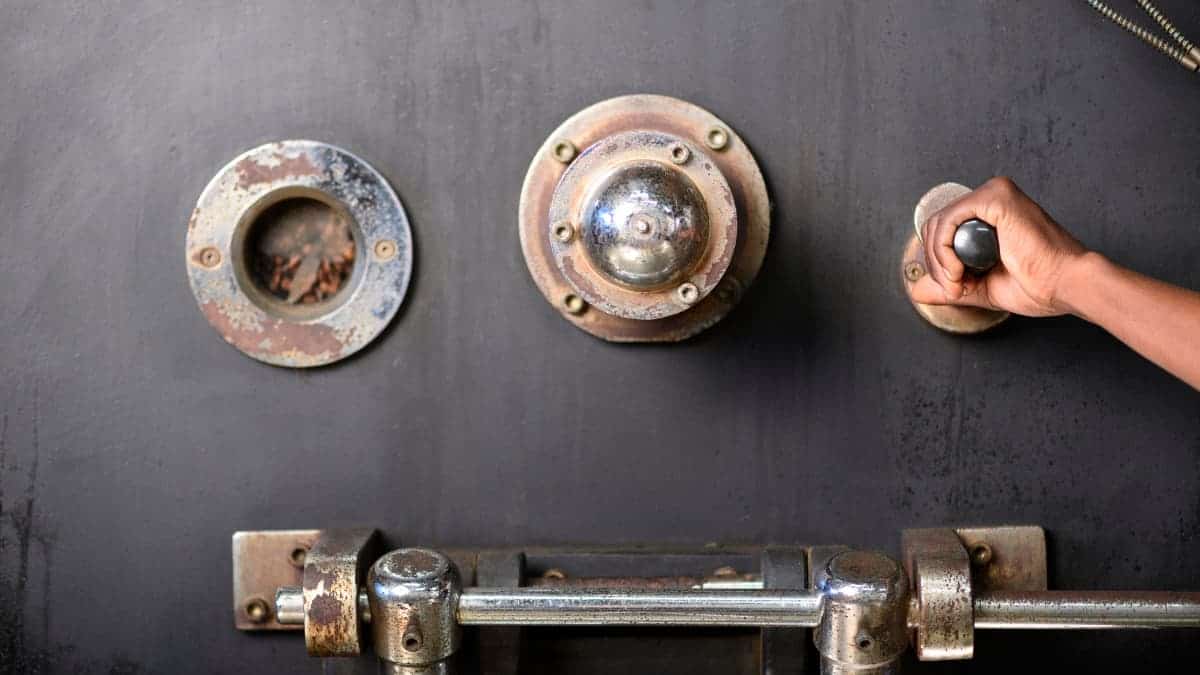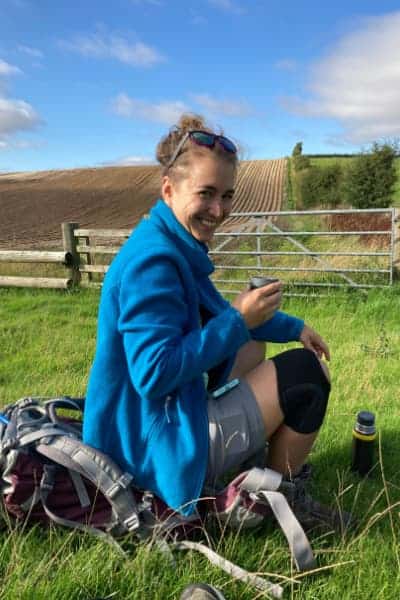Which Coffee Roast Has The Most Caffeine?
Coffee enthusiasts can debate flavor profiles for days. But sippers of all coffee drinks can agree: we’re here for a cup of pick me up.
Say it’s Monday. You want to turbo power your morning with a cold brew. Or maybe you need to ward off the mid-afternoon yawns with a hot cup of coffee. Either way, you crave the powers of caffeination.
To do this, pay attention to more than the amount of liquid you guzzle. Consider coffee type and brewing methods. But most of all, keep in mind what roast of coffee has the most caffeine.

The 3 Influencers Of Caffeine In Coffee
Coffee Type
Let’s start from the ground up and talk about coffee plants. There are two main types grown throughout the world, Arabica and Robusta.
Arabica coffee is more popular thanks to its sweet and fruity flavors.
Robusta beans produce coffee with more bitter, earthier flavors. Their fruit also produces higher levels of caffeine.
On average, Robusta beans contain twice the amount as in Arabica beans.
Robusta plants are also easier and less expensive to farm than Arabica plants. This makes Robusta the go-to type of coffee produced for cheap store-brand coffees.
How It’s Roasted
Dark or light, the way coffee is roasted affects the final experience more than anything.
During the roasting process, chemical reactions such as the Maillard Reaction occur. These reactions change the coffee bean from humble green fruit to hero of the morning.
Without getting too technical, heat changes bioactive compounds found in coffee beans. High internal temperatures close the pores of the beans. This leads to an accumulation of inorganic gasses.
The build up of this pressure causes the beans to crack. When they crack, they release inorganic gas and a small amount of caffeine. The more beans crack, the more they release caffeine.
(Roasters aiming for lighter roasts will stop after they hear the first crack. Medium roasts and darker roasts wait to hear two cracks.)
Intense heat draws moisture out of the bean, decreasing the bean’s density. Longer roasted beans will contain less coffee per volume than lighter roasted beans.
To put it another way, darker roasted equals less caffeinated.
What do these roasted chemical reactions give the coffee drinker? Simple answer: delicious taste and an amazing aroma.

How It’s Brewed
You want to maximize your coffee’s caffeine potential. But what if you’ve already purchased a bag of dark roast? No worries, the brewing method will allow you to manipulate this potential.
Grind size will have the biggest impact on caffeine levels. (You are grinding your beans to match your brewing method, right?)
The grind determines the amount of surface area available for the water to interact with. The finer the grind, the more surface area, which means the more caffeine extracted.
You may have heard baristas talk about extraction time. This term refers to the amount of time water and grounds are in contact. Among other things, it can impact caffeine levels in espresso.
Espresso or pour over, a longer contact time will extract more caffeine. But, remember that this contact time will also affect taste and acidity. And you don’t want to sacrifice these characteristics in pursuit of energy.
There’s plenty of talk about how coffee affects blood pressure. But how does water pressure affect coffee?
Aficionados might claim that pressure impacts the amount of caffeine in coffee drinks. This is true in theory. But most at-home methods won’t produce the pressure needed to change caffeine levels.
Pay most attention to grind size and brew time. Worry about pressure when you want to adjust taste profiles.

The 3 Common Coffee Roasts
- Light Roast: These beans have been roasted for a shorter time, just until the first crack.
- Medium Roast: Coffee roasted past the first crack and just after the second crack
- Dark Roast: Dark roast beans are roasted beyond the second crack.
Related Read: Light VS Dark Roast
What Roast Has The Most Caffeine?
It doesn’t matter if you’re a french press fan or team cold brew. Either way, the way beans are roasted has the biggest impact on caffeine levels. So how do you plan your coffee roast to get the most caffeine?
There’s a common misconception that dark roasts are richer in flavor and higher in caffeine. This is understandable. Dark roasts have a more intense color and body. But that doesn’t mean they have more caffeine.
That’s right. A dark brown cup of joe will have less caffeine than light roasts.
Remember: the roasting process burns off caffeine. That means a cup of light roast will energize you more than a cup of dark roast.
Want to raise your energy levels with delicious coffee? Try light roast cold brews if you’re looking to jive on the java vibes. But for something more mellow that doesn’t have too much caffeine, sip on something like a cup of dark roast.

